Anticonvulsants
Showing all 79 results
-

Apolar Forte
-

BRIVARACETAM 100 MG Tablets
-

BRIVARACETAM 25 MG Tablets
-

BRIVARACETAM 75 MG Tablets
-

BRIVARACETAM Tablets 50 MG
-

Carbamazepine 100 mg-Tablets
-

Carbamazepine 300 mg-Tablets
-
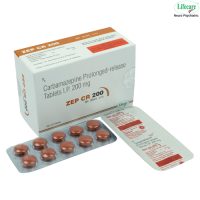
Carbamazepine Prolonged-release Tablets 200 mg
-
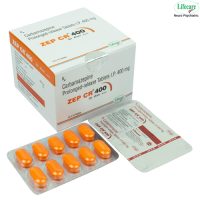
Carbamazepine Prolonged-release Tablets 400 mg
-
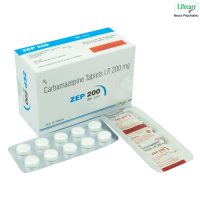
Carbamazepine Tablets 200 mg
-

Clobazam I.P. 20 mg Tablets
-
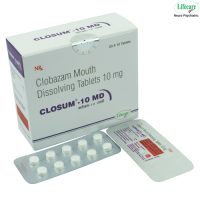
Clobazam Mouth Dissolving Tablets 10 mg
-
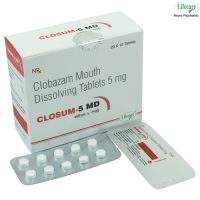
Clobazam Mouth Dissolving Tablets 5 mg
-

Divalproex Extended-release Tablets I.P. 250 mg
-
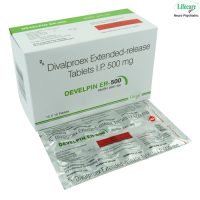
Divalproex Extended-release Tablets I.P. 500 mg
-
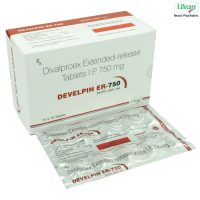
Divalproex Extended-release Tablets I.P. 750 mg
-

Divalproex Extended-release Tablets I.P.125 mg
-

DIVALPROEX SODIUM ER 1000 Tablets
-

Gabapentin & Nortriptyline Tablets
-

Gabapentin & Methylcobalamin Capsules
-
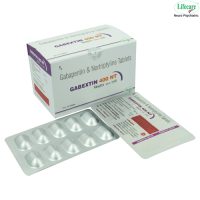
Gabapentin & Nortriptyline Tablets
-

GABAPENTIN 100 mg. -Capsules
-

Gabapentin 100mg tablet
-

Gabapentin 300mg tablet
-

Gabapentin 400 mg Capsules
-
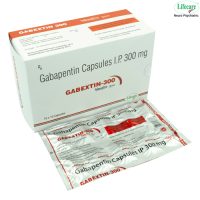
Gabapentin Capsules I.P. 300 mg
-

Gabapentin Methylcobalamin Capsules
-

Lacosamide Tablet 100mg
-

Lacosamide Tablet 150mg
-

Lacosamide Tablet 200mg
-

Lacosamide Tablet 50mg
-

Lamotrigine Sustained Release Tablets 200mg SR
-
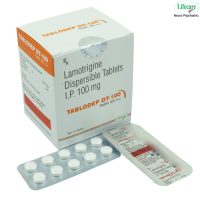
Lamotrigine Dispersible Tablets 100 mg
-
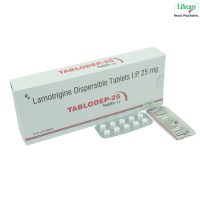
Lamotrigine Dispersible Tablets 25 mg
-
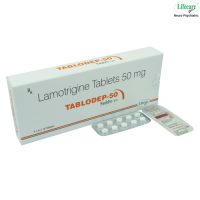
Lamotrigine Tablets 50 mg
-
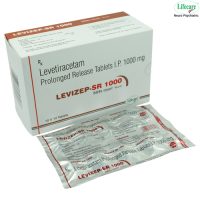
Levetiracetam Prolonged Release Tablets 1000 mg
-
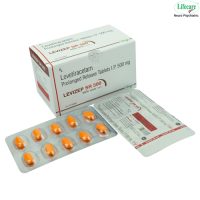
Levetiracetam Prolonged Release Tablets 500 mg
-
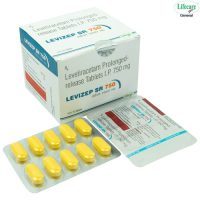
Levetiracetam Prolonged-release Tablets I.P. 750 mg
-
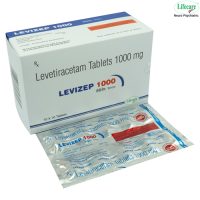
Levetiracetam Tablets 1000 mg
-
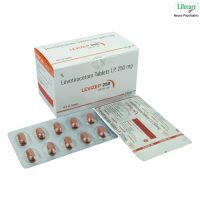
Levetiracetam Tablets 250 mg
-
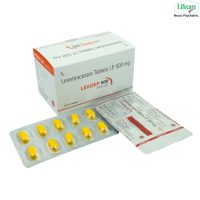
Levetiracetam Tablets 500 mg
-
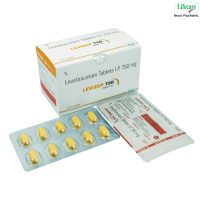
Levetiracetam Tablets 750 mg
-

Magnesium Valproate CR 200 Tablet
-

Magnesium Valproate CR 300 Tablet
-

Magnesium Valproate CR 400 Tablet
-

Magnesium Valproate CR 500 Tablet
-
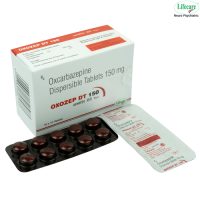
Oxcarbazepine Dispersible Tablets 150 mg
-

Oxcarbazepine Dispersible Tablets 300 mg
-

Oxcarbazepine Sustained Release Tablets I.P 300 mg
-

Oxcarbazepine Sustained Release Tablets I.P 600 mg
-

Oxcarbazepine Tablets I.P 150 mg
-

Oxcarbazepine Tablets I.P 300 mg
-

Oxcarbazepine Tablets I.P 450 mg
-

Oxcarbazepine Tablets I.P 600 mg
-
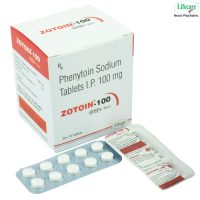
Phenytoin Sodium Tablets 100 mg
-

Phenytoin Sodium Tablets 300 mg SR
-

Pregabalin & Methylcobalamin Capsules 150 IP
-

Pregabalin & Methylcobalamin Capsules IP
-
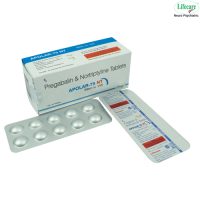
Pregabalin & Nortriptyline Tablets
-

PREGABALIN 50 + DULOXETINE 20- Capsules
-

PREGABALIN 75 + DULOXETINE 20 Capsules
-

PREGABALIN 75 + DULOXETINE 30 Capsules
-

PREGABALIN 75 MG + NORTRIPTYLINE 10 MG + METHYLCOBALAMIN 1500 MCG-Tablets
-

PREGABALIN 75 MG + NORTRIPTYLINE 10 MG + METHYLCOBALAMIN 1500 MG-Tablet
-

Pregabalin Capsules 150 mg
-

Pregabalin Capsules 300 mg
-

Pregabalin Capsules 50 mg
-

Sodium Valproate & Valproic Acid 100 Controlled Release Tablets
-

Sodium Valproate & Valproic Acid 1000 Controlled-release Tablets
-

Sodium Valproate & Valproic Acid Controlled-release 400mg Tablets
-

Sodium Valproate & Valproic Acid Controlled-Release Tablets
-

Sodium Valproate & Valproic Acid Tablets
-

Sodium Valproate 200mg & Valproic Acid 87mg Controlled-release Tablets
-

Sodium Valproate 333mg & Valproic Acid 145mg Controlled-release Tablets
-

Sodium Valproate Tablets
-

Sodium Valproate Tablets 200mg
-
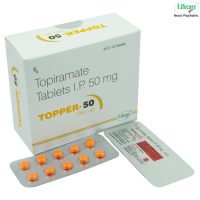
Topiramate 50 mg-Tablets
-

Topiramate Tablets
-

Topiramate Tablets 25 mg
The prescription medicines that treat and prevent seizures are called anticonvulsants (some refer to them as antiepileptic or anti-seizure drugs). Doctors may prescribe these drugs to treat other illnesses as well.
A seizure occurs when you experience a brief, uncontrollable burst of electrical activity in your brain.
What is an Anticonvulsant medicine used for?
- Healthcare professionals prescribe the use of anticonvulsants in the treatment of epilepsy as well as in symptomatic seizure attacks. These drugs are commonly used in either the prevention or control of seizure events during and/or after surgical interventions on the brain. Anticonvulsant medications may also be prescribed for other conditions that are not seizure-related.
- Certain Anticonvulsant medications have FDA approval for other conditions. Other applications of the drug might be considered off-label. Conditions treated with off-label applications of some antiseizure medications include:
- Anxiety.
- Migraine headaches.
- Bipolar disorder.
- Neuropathic pain.
- Fibromyalgia.
- Restless leg syndrome.
- Parkinson’s disease.
How do Anticonvulsant Medicines work?
- Seizures occur when a malfunction makes neurons fire electrical signals uncontrollably. That creates a domino effect, so more and more neurons are engaged in producing abnormal electrical discharges.
- Antiseizure drugs act in various ways to either decrease excitation or enhance inhibition of processes leading to electrical signals. In particular, they can act by:
- Altering electrical activity in neurons by modulating ion (sodium, potassium, calcium and/or chloride) channels.
- Altering chemical transmission between neurons by modulating neurotransmitters (such as GABA).
- It’s an off-label use of the medication.
- Anxiety.
- Migraine headache.
- Bipolar disorder.
- Neuropathic pain.
- Fibromyalgia.
- Restless leg syndrome.
- Parkinson’s disease.








 Domestic –
Domestic – Manufacturing Facilities
Manufacturing Facilities